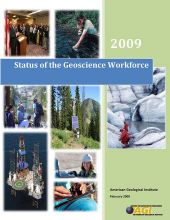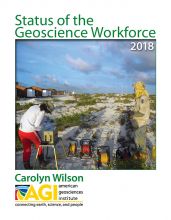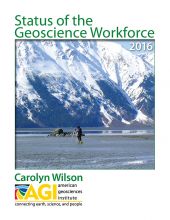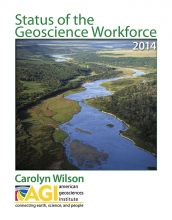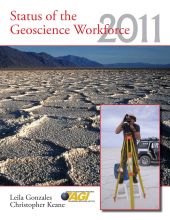According to the federal government, science and technology has been responsible for more than 50% of the economic growth in the U.S. since the end of World War II. This growth was driven by increased investment in science and technology fields undertaken in the post‐war, space‐race, and cold war years, building not only the human capital but also the institutional frameworks to sustain the technical capacity of the U.S. economy in the face of ever‐changing threats.
External threats from global competition and fluid international trade are often identified as the major issues facing the U.S. workforce, but internal risks to our existing and future technical capacity are the most pressing and most addressable issues we face. The primary internal risk, often described as the “Great Crew Change”, is an aging workforce juxtaposed against an anemic supply of qualified and trained scientists and engineers. The fundamental issue of a shortage of skilled talent in the U.S. was the driver behind the White House’s American Competitiveness Initiative (ACI) and is now the core of federal R&D and education investment strategy.
The issue of the “Great Crew Change” and the way the government is addressing future American competitiveness is extremely complicated for the geosciences. Because of economic cycles, more than 50% of the workforce needed in natural resource industries in 10 years is currently not in the workforce. Additionally, because of the recent economic downturn, there are major constraints on immediate opportunities. However, the mid to long‐term issue remains unchanged, and in a new economy, may be even more exacerbated.
It is unlikely that the supply of new entrants into the geosciences will fill these vacancies in the workforce. In fact, based on the American Geological Institute’s (AGI’s) statistics related to enrollments and degrees granted, less than 13% of the approximately 6,000 new U.S. geoscience bachelor’s majors in the fall of 2008 will ever work in the geoscience field professionally. This number is particularly troubling given that only 28% of all science and engineering majors work in their field.
The nature of geoscience work is expected to change in the future across all employment sectors. For example, as oil and gas fields become smaller and more difficult to locate, geoscientists will need to employ new technologies for exploration and develop other avenues for energy production. Added to these challenges is a volatile commodities market that will put pressure on exploration and production teams to speed up their cycle.
Geoscientists will be expected to re‐apply their skills from one field to the next as workforce demands change and society’s needs shift. A geoscientist working on reservoir characterization for oil today, for example, may apply his or her skills and techniques to carbon sequestration in the future, or may utilize the principles of fluid dynamics learned from oil exploration to locate and characterize water resources. Across all fields, geoscientists will need to be equipped with a strong set of fundamental skills in geoscience and mathematics that can be transferred across industrial sectors and applied to different geoscience challenges in the future, whether it is water resources, energy, minerals, hazards and climate issues, or training the next generation of geoscientists.
Measurement, analysis, and reporting of all aspects of the geoscience workforce system are critical for decision makers to successfully support building the future capacity for geoscience in the United States. This report presents the first benchmark of the status of the geoscience profession. It includes analyses of the supply of the future geoscience workforce, the status of the current geoscience workforce, and of economic indicators of geoscience industries.
The report is based on original data collected by the American Geological Institute, and on existing data from federal data sources, professional membership organizations, and industry data sources. It provides a framework for identifying the strengths and weaknesses in the geoscience human capital system.

